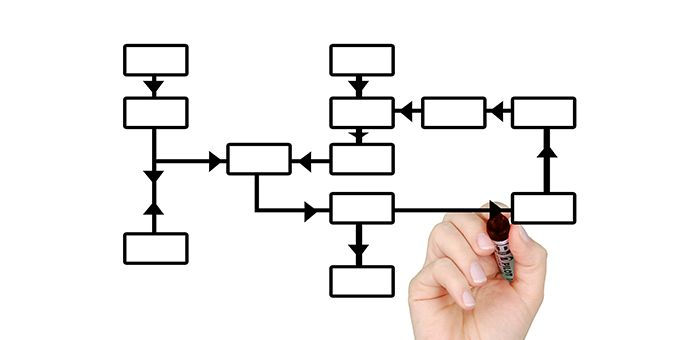Predictive Analytics vs Machine Learning
- Support Department
- Oct 14, 2019
- 3 min read
Machine learning is a continuance of the perceptions around predictive analytics, except that the AI system is able to make assumptions, test them and learn autonomously.

Font: https://www.manufacturingtomorrow.com/article/2019/10/predictive-analytics-vs-machine-learning/14125
Predictive analysis is the examination of historical data as well as prevailing external data to find patterns and behaviors. Machine learning is an AI procedure where the algorithms are given data and then asked to process the information without a predetermined set of rules and regulations.
Data analytics leads to predictive analytics using accumulated data to forecast what might take place under certain circumstances. The forecasts are constructed from historical data and rely on humans to question data, authenticate patterns, create and then test the assumptions. These assumptions take for granted that the future will follow the same patterns. “What if” assumptions are developed through human understanding of the past, and the predictive competence is limited by the volume, time and cost restrictions of human data analysts.
Machine learning is a continuance of the perceptions around predictive analytics, except that the AI system is able to make assumptions, test them and learn autonomously. AI machine learning is able to asses and reassess data to forecast every imaginable customer-to-product match, at a speed and competence no human could attain. AI concerns the selection of the right tools for the job.
There is a misconception that predictive analytics and machine learning are the same thing. This is far from the truth.
The science of predictive analytics can produce perceptions of the future with substantial accuracy. Using state-of-the-art predictive analytics tools and models, any manufacturer can use past data along with current information to dependably forecast trends and behaviors days or years into the future.
With predictive analytics, manufacturers can find and make the most of patterns contained within data set in order to uncover risks and discover opportunities. For example, models can be designed to see the relationships between several behavior issues. These models aid in the appraisal of either the potential or the risk posed by a specific set of conditions, allowing for informed decision-making across several categories of supply chain and procurement procedures.
There are Classification models, that predict class membership, and Regression models that forecast a number. These models are made up of algorithms, which carry out the data mining and statistical analysis to determine trends and patterns in the data. Predictive analytics software solutions have algorithms that can be utilized to make prognostic models. These algorithms are defined as classifiers, which identify the series of categories that contains the data.
There are several predictive models that are commonly used, such as decision trees.
Decision trees are a straightforward yet effective form of analysis of multiple variables. They are created by algorithms that recognize various ways of separating data into segment branches. Decision trees divide data into subsets based on groupings of input variables, facilitating the understanding of a path of decisions.
Regression is another model. Regression analysis calculates the relationship between variables, finding significant patterns in large separate data sets and how they relate to each other.
Neural networks are developed similar to the action of neurons in the human brain. These networks are a collection of deep learning technologies. They’re normally used to solve intricate pattern recognition problems. They are terrific at dealing with nonlinear relationships in data; and they work well when specific variables are unknown. A neural network learns the expected output for a given input from training datasets. They are adaptive and amend themselves as they learn from successive inputs.




Comments